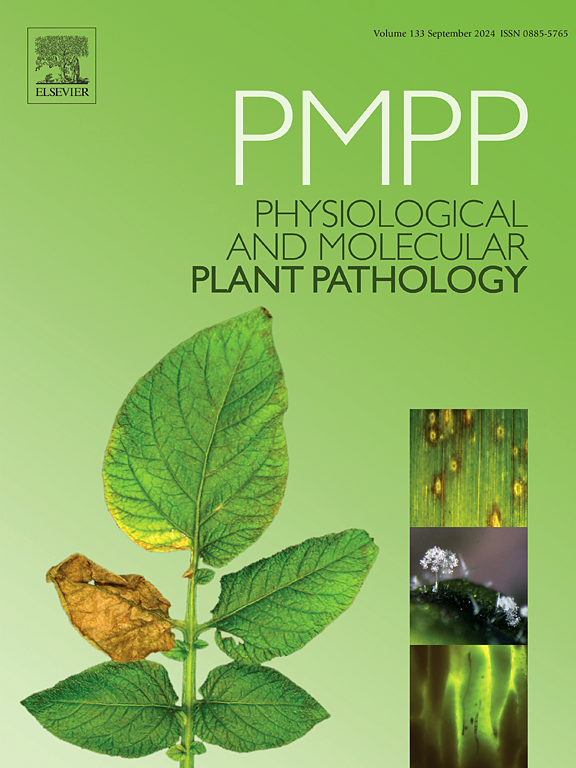Occurrence, distribution and management of cereal cyst nematode: Global impact to cutting edge solutions
IF 2.8
3区 农林科学
Q2 PLANT SCIENCES
引用次数: 0
Abstract
Cereal cyst nematodes (CCNs) present a significant threat to global production of wheat, barley, rye, and oats. The present comprehensive review attempts to describe the occurrence, distribution and management strategies for CCN. The global distribution patterns of CCNs are mapped, primarily focusing on the areas affected by their presence. Losses caused by them depend largely upon the environmental conditions, which may exceed 90 % under congenial environment conditions. In response to the challenges posed by CCN, the present review complies the cutting-edge solutions for their management, including cultural operations, use of biological control agents, host plant resistance and advances in genetic engineering. Contemporary strategies for nematode management of cereal cyst nematode encompass precise identification of molecular determinants required for nematode parasitism or life cycle progression, followed by their strategic disruption through advanced molecular interventions which include host-induced gene silencing (HIGS) to suppress critical nematode genes or the deployment of targeted chemical agents designed to perturb nematode chemotactic responses in the rhizosphere, thereby impeding their ability to locate and parasitize host plant roots. Through compilation of synthesized knowledge and emerging advancements, the present review provides a roadmap for research scientists, policymakers and stakeholders for development and implementation of effective management strategies for management of cereal cyst nematode to safeguard cereal crops and ensuring global food security. By interweaving emerging biotechnological breakthroughs with climate-resilient mitigation strategies, it delineates a forward-looking approach that redefines sustainable nematode management, positioning itself at the forefront of modern nematode research.
求助全文
约1分钟内获得全文
求助全文
来源期刊
CiteScore
4.30
自引率
7.40%
发文量
130
审稿时长
38 days
期刊介绍:
Physiological and Molecular Plant Pathology provides an International forum for original research papers, reviews, and commentaries on all aspects of the molecular biology, biochemistry, physiology, histology and cytology, genetics and evolution of plant-microbe interactions.
Papers on all kinds of infective pathogen, including viruses, prokaryotes, fungi, and nematodes, as well as mutualistic organisms such as Rhizobium and mycorrhyzal fungi, are acceptable as long as they have a bearing on the interaction between pathogen and plant.

 求助内容:
求助内容: 应助结果提醒方式:
应助结果提醒方式:


